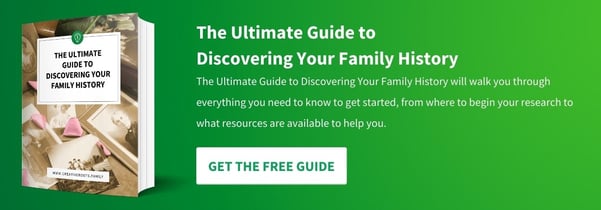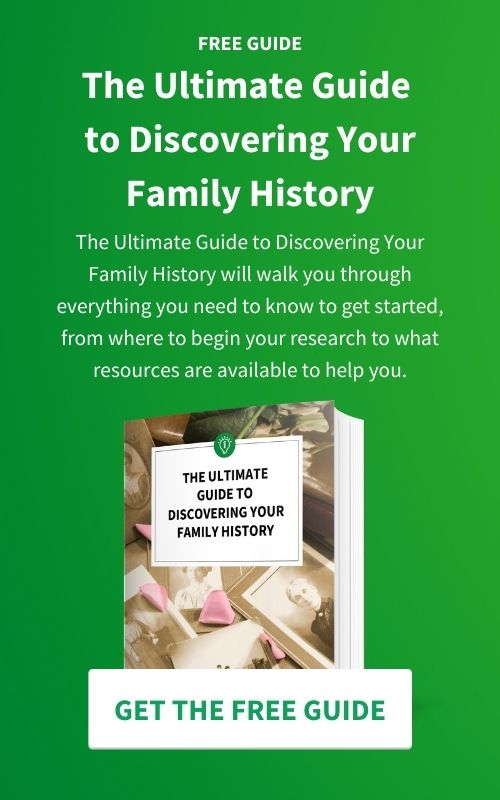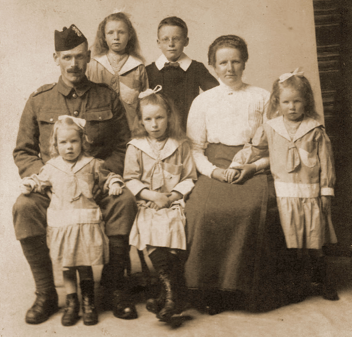Organizing Your Genealogy Evidence
In the vast landscape of genealogy research, the journey to uncovering our familial histories is both exhilarating and challenging. As we delve into the past, piecing together the puzzle of our ancestry, the importance of organizing evidence cannot be overstated. With each record, document, and artifact, we unearth potential clues that illuminate the paths of our ancestors. However, without a structured system in place to manage and analyze this wealth of information, our research endeavors can quickly become overwhelming and disjointed.
In this article, we will delve into the significance of organizing genealogical evidence and introduce a practical template to streamline your research efforts. We'll explore the various types of evidence, break down the standards of proof required to substantiate relationships, and provide actionable steps for creating an effective evidence organization system. Additionally, we'll discuss the role of technology in this process and highlight digital tools that can enhance your genealogical pursuits.
Understanding Genealogy Types of Evidence
Genealogical evidence comes in various forms, each offering valuable insights into our family histories. Direct evidence consists of information explicitly stating a fact, such as birth certificates or marriage records. Indirect evidence, on the other hand, requires interpretation and inference, piecing together disparate clues to form a cohesive narrative. Negative evidence refers to the absence of expected records, which can also provide significant clues.
Direct evidence is like finding a treasure map with a clear path marked to your ancestor's origins, while indirect evidence requires skillful navigation through a labyrinth of clues. Negative evidence, though seemingly counterintuitive, can be just as illuminating, guiding us to explore alternative avenues of research. By understanding these different types of evidence, genealogists can effectively evaluate sources and construct well-supported narratives of their family trees.
Breakdown of the Standards of Proof
In genealogy, establishing relationships requires adhering to standards of proof that ensure accuracy and reliability. These standards, while essential, can often appear daunting to beginners. However, breaking them down into digestible explanations can demystify the process.
The Genealogical Proof Standard (GPS) serves as a guideline for establishing the credibility of genealogical conclusions. It consists of five elements: reasonably exhaustive research, complete and accurate citations, analysis and correlation of evidence, resolution of conflicting evidence, and a soundly reasoned, coherently written conclusion.
By following the GPS, genealogists can methodically assess the strength of their evidence and draw well-founded conclusions about family relationships. Simplifying these standards empowers researchers to approach their work systematically, ensuring the integrity of their findings.
Creating an Effective Evidence Organization System
Now, let's delve into the practical aspects of organizing genealogical evidence. Establishing an effective system is crucial for managing the plethora of documents, photographs, and research notes that accumulate during the course of our genealogical pursuits.
-
Define Your Organization Structure: Start by outlining a clear structure for organizing your evidence. This may include creating folders for each family line, subdivided into categories such as vital records, census data, and military records.
-
Utilize Both Digital and Physical Organization: Embrace a hybrid approach by combining digital and physical organization methods. Digital tools offer convenience and accessibility, while physical files provide tangible backups and serve as a visual aid during research sessions.
-
Standardize Naming Conventions: Establish consistent naming conventions for your files to facilitate easy retrieval. Include relevant information such as surnames, dates, and document types to ensure clarity.
-
Implement Metadata Tags: Leverage metadata tagging features available in digital platforms to add additional context to your files. This allows for flexible searching and categorization based on specific criteria.
-
Regularly Review and Update: Dedicate time to regularly review and update your organization system as your research progresses. This ensures that new discoveries are integrated seamlessly and maintains the integrity of your data.
Utilizing Technology for Organizing Genealogical Evidence
In the digital age, technology plays a pivotal role in organizing genealogical evidence. Numerous software applications and tools are available to streamline the research process and enhance organization.
-
Genealogy Software: Dedicated genealogy software such as Ancestry.com, Family Tree Maker, and RootsMagic offer robust features for organizing evidence, documenting sources, and constructing family trees.
-
Document Management Systems: Platforms like Evernote, Microsoft OneNote, and Dropbox provide efficient solutions for storing and categorizing digital documents and research notes.
-
Online Archives and Databases: Take advantage of online archives and databases to access a wealth of genealogical records, including census data, vital records, and historical newspapers.
-
Collaborative Platforms: Platforms like FamilySearch and Geni enable collaborative research, allowing multiple users to contribute to family trees and share research findings.
By harnessing the power of technology, genealogists can streamline their research processes, organize evidence effectively, and collaborate with fellow researchers worldwide.
Recap and Conclusion
In conclusion, organizing genealogical evidence is essential for ensuring the accuracy, reliability, and accessibility of our research findings. By understanding the different types of evidence and adhering to standards of proof, genealogists can construct well-supported narratives of their family histories. Implementing an effective evidence organization system, utilizing both digital and physical methods, and leveraging technology tools further enhances the research process.
As you embark on your genealogical journey, remember the importance of organization and the role it plays in unlocking the secrets of your ancestry. Whether you're tracing your family tree for personal enrichment or conducting research for a professional project, adopting a structured approach will streamline your efforts and yield fruitful results.
I encourage you to utilize the practical template provided in this article to organize your genealogical evidence effectively. By doing so, you'll not only save time and effort but also maintain a high standard of proof in your research endeavors.

Article by Carol Walsh
Carol Walsh is the CEO of Creative Roots, a professional genealogy company. She has a passion for preserving family history and storytelling. Carol's research methodology centers around fact-finding and publishing in a format that readers can use to preserve the stories. Her ultimate goal is to help families connect with their past and each other.





